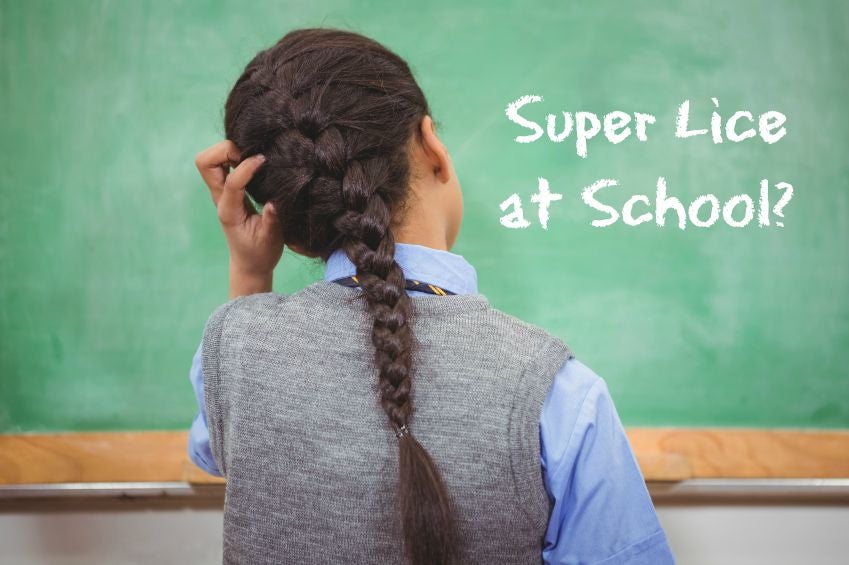
In as many as 30 states throughout the United States, head lice are becoming an unwanted back to school accessory for many children, parents and schools and an even bigger problem than last year. As many as 12 million children are affected each year. Utica Park Clinic physician Dr. Geeta Silas says it is more of an inconvenience when heading back into the classroom than a major health concern. “Head lice are not known to spread any diseases or cause any serious health problems,” she adds. “It is pure annoyance - lots of itching on the scalp, behind the ears, around the hairline, and the back of neck. There are also sleepless nights for some. However, skin infections can result from repeated scratching and parents should be on the lookout.”
Treating Head Lice
Although not yet seen in Oklahoma, “super lice” is resistant to many over-the-counter products this year, the American Chemical Society reports. Our neighboring states are dealing with the first line of defense not being as effective as previous years. “With this recent news, parents need to call their primary care physician for prescription options,” says Dr. Silas. “Always follow directions on the package. Medication should always be applied by an adult. Parents, check with your health care provider before starting a second or third treatment. Wait ten days before beginning a new treatment. You should also ask your health care provider before using medicine on a child two years or younger.”
The American Academy of Pediatrics also recommends parents should follow treatment with nit removal and wet combing.
Affected Items
Dr. Silas advised parents whose children have been infected with head lice that “There is no need to throw away items belonging to the child. Wash clothes, bed linens, hats, and other items in hot water and dry on the high heat cycle. If it cannot be washed, seal it in a plastic bag for two weeks.”
Reduce Your Child’s Risk
Parents can help reduce their child’s risk of getting head lice by reducing the potential for exposure to an affected child. “Head lice spread by direct head to head contact with someone who has the infestation,” says Dr. Silas. “This could be at play time, school, camps, slumber parties, home, and even posing for selfies. It is spread also by contact with clothing, hats, scarves, coats, hairbrushes, hair barrettes, and towels. Children can come into contact by simply laying on a bed, couch, or pillow that recently came into contact with an infected person.”
Parents should remind their children not to share combs, brushes, hats, headbands or other items that come in contact with another child’s head. Parents can also regularly check their child’s head even if they aren’t complaining of itching, as only 50 percent of children are allergic to the saliva from lice and therefore itch.
To find a Utica Park Clinic provider near you, please click here or call 918-579-DOCS (3627).
